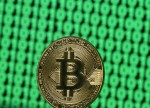
- All Instrument Types
- Indices
- Equities
- ETFs
- Funds
- Commodities
- Currencies
- Crypto
- Bonds
- Certificates
Please try another search

Opening Bell: U.S. Futures, Global Stocks Gain Ahead Of Yellen; Gold Slips

- Signs of resurfacing “reflation trade”
- Bitcoin benefits from weaker dollar
- Gold remains under pressure
- Joseph Biden takes office as the 46th US president on Wednesday.
- On Wednesday there are policy decisions from central banks in Brazil, Malaysia and Canada.
- Procter & Gamble (NYSE:PG) and Morgan Stanley (NYSE:MS) report earnings on Wednesday.
- On Thursday, the Bank of Japan and the ECB deliver interest rate decisions.
- Futures on the S&P 500 Index climbed 1.1%.
- The STOXX 600 Index increased 0.3%.
- The MSCI Asia Pacific Index gained 1.2%.
- The MSCI Emerging Markets Index gained 1.2%.
- The Dollar Index declined 0.1% to 90.63.
- The euro climbed 0.3% to $1.2114.
- The British pound increased 0.1% to $1.36.
- The Japanese yen weakened 0.3% to 103.99 per dollar.
- The yield on 10-year Treasuries climbed two basis points to 1.11%.
- The yield on two-year Treasuries gained less than one basis point to 0.14%.
- Germany’s 10-year yield advanced one basis point to -0.52%.
- Britain’s 10-year yield gained one basis point to 0.296%.
- West Texas Intermediate crude advanced 1%.
- Gold strengthened 0.2% to $1,844.64 an ounce.
Key Events
US futures on the Dow, S&P 500, NASDAQ and Russell 2000, and most global equities were higher on Tuesday ahead of an expected call for the Biden administration's generous fiscal stimulus package by Treasury Secretary nominee Janet Yellen when she testifies in front of the Senate Finance Committee later today, after the US market opens.
This morning, the dollar edged lower while oil inched higher.
Global Financial Affairs
Yellen is expected to tell the Committee, at 10 ET in a prepared statement, that America must “act big,” following up on soon-to-be President Joseph Biden’s $1.9 trillion virus relief proposal announced last week.
Meanwhile there are signs in the market of a so-called “reflation trade,” in which investors expect the tremendous influx of cash from the Biden administration's aid package will finally create a catalyst for inflation, though some contest that, which has been dormant since the Recession that followed the 2008 crash.
We see this in rising yields and the moves higher in bank stocks. US dollar traders will have to weigh the dollar’s increasing innate value due to a higher payout, versus an oversupply of units deflating the value of each dollar.
Meanwhile, Bitcoin is benefiting from fears that any increase in inflation will dent the dollar’s purchasing power.
Contracts on the Russell 2000 outperformed, as it does when the cyclical rotation takes hold. However. the tech sector did not underperform, it just came in second.
In Europe on Tuesday, the STOXX 600 Index rose, driven mainly by shares in financials. The banking sector is sensitive to the economy and an expectation of rising inflation and therefore higher interest rates benefits banks.
Most Asian markets advanced this morning on the belief that China’s economic strength would carry the region. On Monday, China reported that its GDP rose by 2.3% in 2020. Although that is the weakest figure since the Mao era, it still singled out China as the only major economy to post any growth at all during the worst global health crisis in a century.
Ironically, as we often note—especially regarding China—on Tuesday its stock exchanges were the only ones in the red, with the Shanghai Composite losing 0.8% of value, while the CSI 300 Index fell 1.5%.
Hong Kong’s Hang Seng rallied 2.7% on increased demand from the mainland. MSCI's broadest gauge of Asia-Pacific stocks excluding Japan gained 1.6%, breathing on the neck of its record.
Japan’s Nikkei 225 rebounded 1.4% from yesterday’s drop. The move completed what would have been a Morning Star had it followed a downtrend. This time, however, the dip follows an uptrend. Volume has been diminishing, putting observant traders on alert for potential selling activity after the major index soared to its highest level since 1990.
Australia’s ASX 200 rose 1.2% on expectation of easing social restrictions and increase mining output.
The US market was closed yesterday in observance of Martin Luther King Day. On Friday, US stocks sold off on mixed earning results and disappointing retail sales.
The reflation trade puts yields, including on the 10-year Treasury note, on a path to repeat a move seen two weeks ago.

At that point yields broke through the top of a rising channel, jumping through a bullish flag, when the 200 DMA followed the 50 DMA as the two averages had triggered a golden cross.
The dollar was caught in the crossfire of higher yields and higher supply.
The greenback found resistance by the 50 DMA but also support upon climbing above the trendline of a falling range since Dec. 7, within a falling channel.
Gold might be facing the resistance of the top of a pennant.
The yellow metal is bearish after the 7.5% plunge within five sessions—falling back into a falling channel since the March high.
Bitcoin, by contrast, is the most crowded long trade, according to a Bank of America fund manager survey. The cryptocurrency was boosted by a steeper yield curve according to the reflation trade with a record $3.7 billion in Bitcoin bullish options due to expire on Jan. 29.
The digital currency is set to complete a bullish pennant, whose implied target suggests topping the $50,000 level, and even nearing $60,000.
Oil prices advanced slightly.
Up Ahead
Market Moves
Stocks
Currencies
Bonds
Commodities
Related Articles

We haven’t had to change our subjective probabilities for our three alternative economic scenarios for quite some time. We are doing so today and may have to do so more frequently...

The US, Japan, and parts of Europe had a rough week, while China, Germany, France, and the Euro Stoxx 50 stayed steady. Tariffs, central banks, and the war in Ukraine keep...

We haven’t discussed global monetary inflation for a while, mainly because very little was happening and what was happening was having minimal effect on asset prices or economic...
Are you sure you want to block %USER_NAME%?
By doing so, you and %USER_NAME% will not be able to see any of each other's Investing.com's posts.
%USER_NAME% was successfully added to your Block List
Since you’ve just unblocked this person, you must wait 48 hours before renewing the block.
I feel that this comment is:
Thank You!
Your report has been sent to our moderators for review
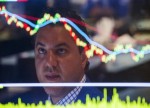


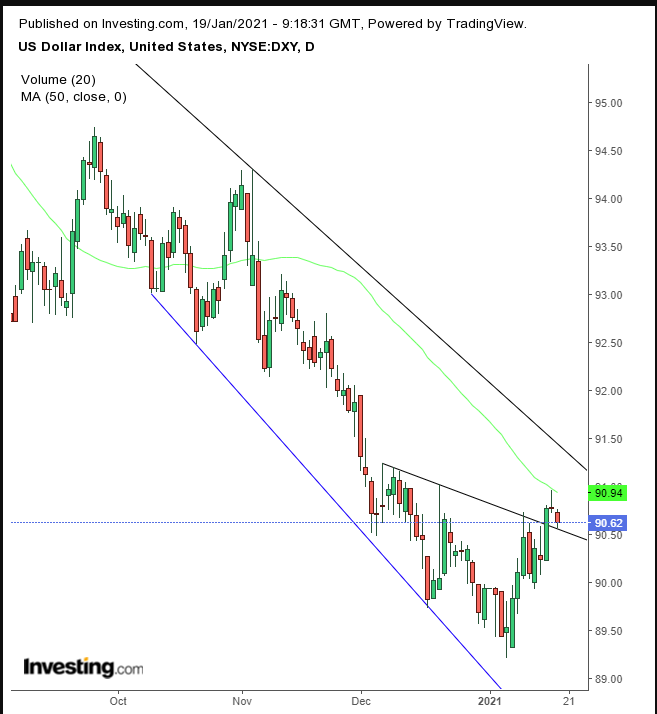
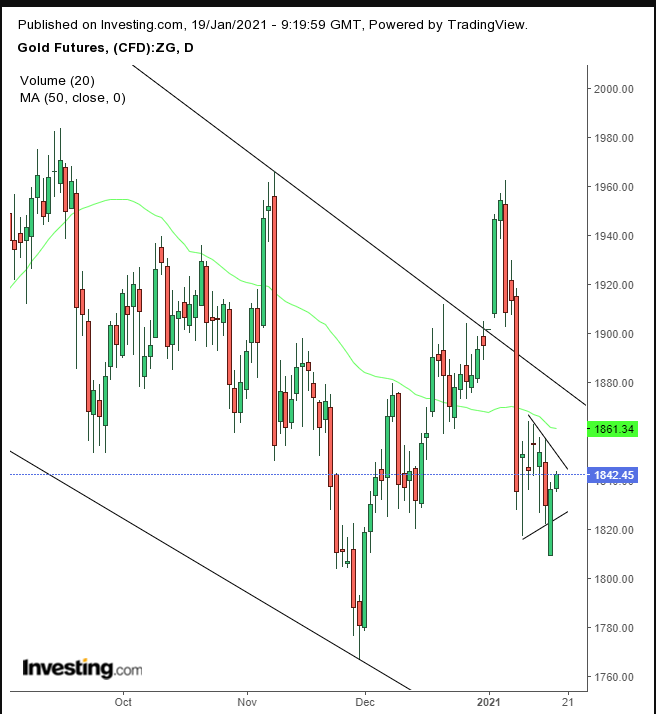
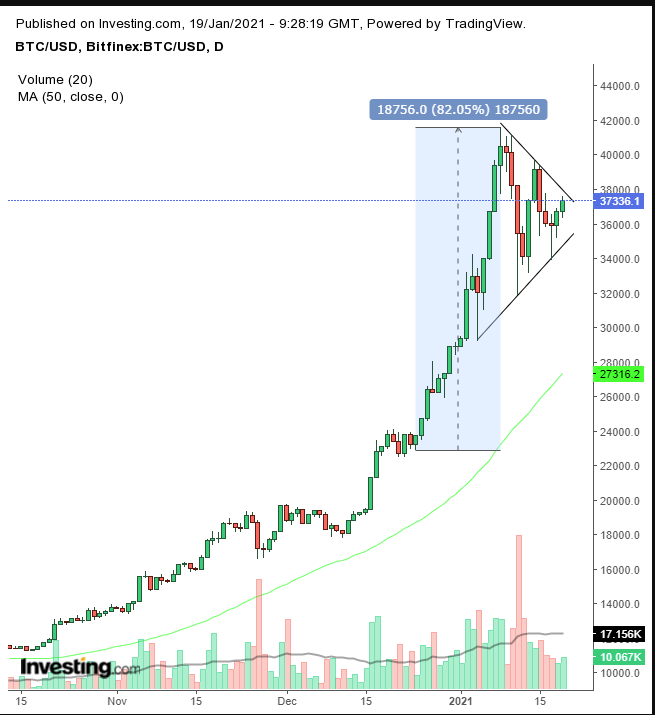

Add a Comment
We encourage you to use comments to engage with other users, share your perspective and ask questions of authors and each other. However, in order to maintain the high level of discourse we’ve all come to value and expect, please keep the following criteria in mind:
Enrich the conversation, don’t trash it.
Stay focused and on track. Only post material that’s relevant to the topic being discussed.
Be respectful. Even negative opinions can be framed positively and diplomatically. Avoid profanity, slander or personal attacks directed at an author or another user. Racism, sexism and other forms of discrimination will not be tolerated.
Perpetrators of spam or abuse will be deleted from the site and prohibited from future registration at Investing.com’s discretion.